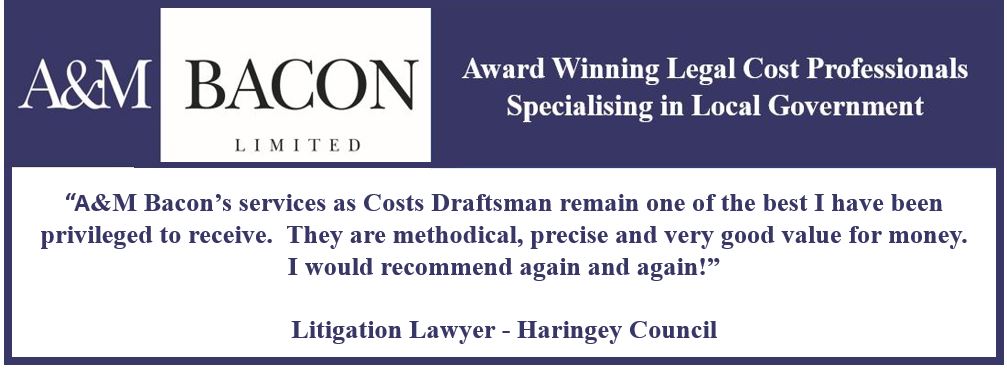Laying informations and time limits
Darren Nicholls sets out key guidance on laying information and applying for a summons within time limits.
The case of Food Standards Agency v Bakers of Nailsea Ltd [2020] EWHC 3632 (Admin) has greatly impacted the requirements prosecutors must comply with when applying for summons in cases where the time limit for bringing a prosecution has been altered by statute. Prosecutors are now required to refer to any statutory time limit when applying for such summons.
Summary facts
The Food Standards Agency (‘FSA’) applied for a summons for three offences under the Food Safety and Hygiene (England) Regulations 2013. The offences related to the alleged failure to comply with hygiene improvement notices and remedial action notices. Regulation 18 states there is a three-year time limit to bringing a prosecution for such offences. The offences occurred within the three-year time limit and therefore the FSA were in time to apply for a summons.
The respondent argued that the application for a summons was still invalid because the FSA had not complied with CPR 7.2(3)(b)(i) which states that the application for a summons must demonstrate that it is made in time if there is a time limit imposed by the legislation outside the standard six months for a summary matter.
The FSA conceded that it had not complied with CPR 7.2(3)(b)(i) in that it had not specifically demonstrated that the application was made in time when making the application and any new application would now be out of time.
The Judge found that the applications were invalid and therefore he had no jurisdiction to try them. The FSA appealed the decision.
The FSA argued that there was no requirement to specifically state that there was a time limit when making the application for a summons. This was dismissed as the purpose of CPR 7.2 (3)(b)(i) was to assist the court on a without notice application and if the FSA’s argument was correct the rule would be obsolete.
Relevant legislation
CPR 7.2
“(3) An application for the issue of a summons must-
(a) set out the allegation or allegations made by the applicant in terms that comply with rule 7.3 (Allegation of offence in application or charge); and
(b) demonstrate-
(i) that the application is made in time, if legislation imposes a time limit, and
(ii) that the applicant has the necessary consent, if legislation requires it "
Judge’s comments on the time limits
In his judgement on the matter the judge made the following observations on time limits when applying for a summons:
33. “…..the setting of time limits for the prosecution of offences is designed to have two important consequences: first, to provide protection to the citizen who may have committed a criminal offence and, secondly, to bring about, in the authority having responsibility for the prosecution, an efficient and timely investigation of the offence (see Tesco v. Harrow London Borough Council [2003] EWHC 2929 Admin . at [25]).”
34. “I would reject the FSA's construction of and approach to CPR r.72.(3)(b)(i) for the following reasons:
i) The Magistrates' Court carries out a judicial function when considering whether to issue a summons or warrant and needs to establish, amongst other things, whether the alleged offence is time barred (see R (Key and Another) v. Leeds Magistrates [2018] 2 CrApp R 27). The FSA's position that there is no requirement to draw attention to any applicable time limit is contrary to the clear purpose of the rule, namely to ensure that the court is properly and fully assisted on what is a without notice application'
ii) If the FSA's construction were correct, CPR r.7.2(3)(b)(i) , and, indeed, 7.2(3)(c)(ii) and 7.2.(4) , would be otiose. Compliance with r.7.2(3)(a) would be enough to satisfy the requirements of CPR r.7.2 ;
iii) CPR rule 7.2(3) must be taken to have been introduced for a reason. As a matter of objective construction, it must have been intended that compliance with CPR r.7.2(3)(b)(i) would entail something more than merely setting out the allegation of the offence (which was already required by the pre-existing rule)….”
Practical implications
When applying for summons in cases where there is a statutory time limit it is now not enough to be within the time limit imposed by the legislation, prosecutors must now demonstrate that they are within the time limit. The question is, how does one demonstrate that they are within the statutory time limit?
There is no definitive answer. However, it is suggested that the time limit imposed by the appropriate legislation is expressly stated, along with the Act and Section, in both the email and/or letter sent to the court when applying for the summons and also noted on the summons document itself. This does not need to be included in the information itself, but rather expressly stated at the bottom of the summons document.
Note that this does not apply for offences which are covered by the standard six-month time limit for summary offences. It applies to offences where the six months’ time limit is varied by statute.
Even if applications for summons have previously been approved by the court, they will be rendered a nullity if the prosecutor has not referred to the legislation imposing the time limit and may allow an application by the defence to dismiss the charges.
Darren Nicholls is a Principal Paralegal in the Litigation team at Pathfinder Legal Services.




